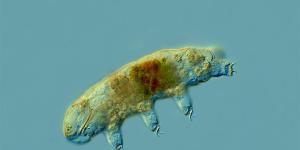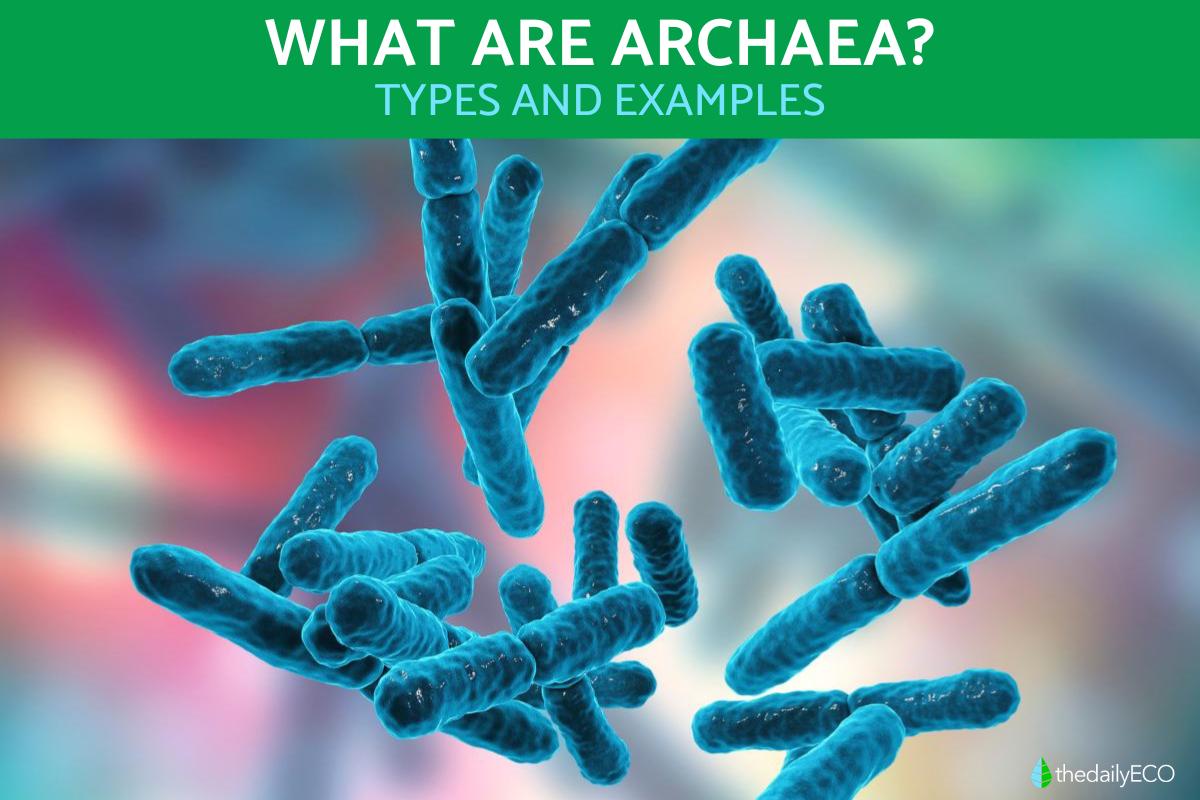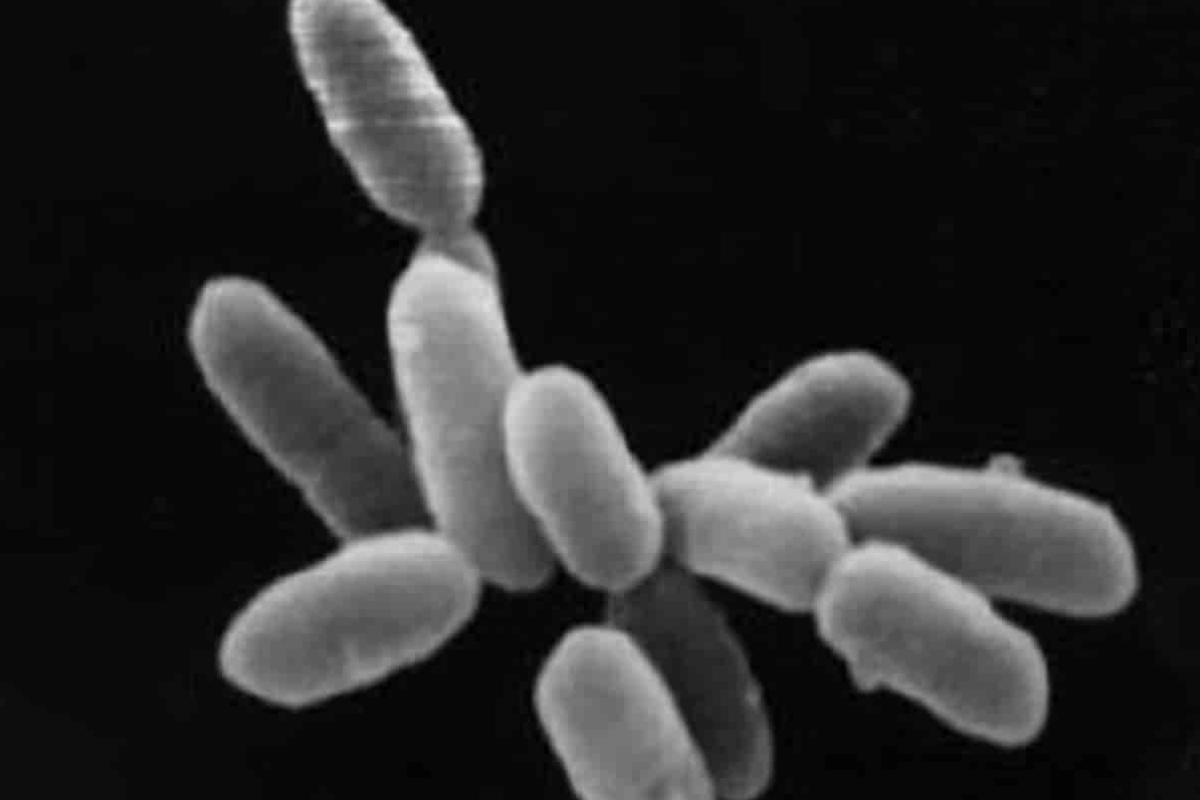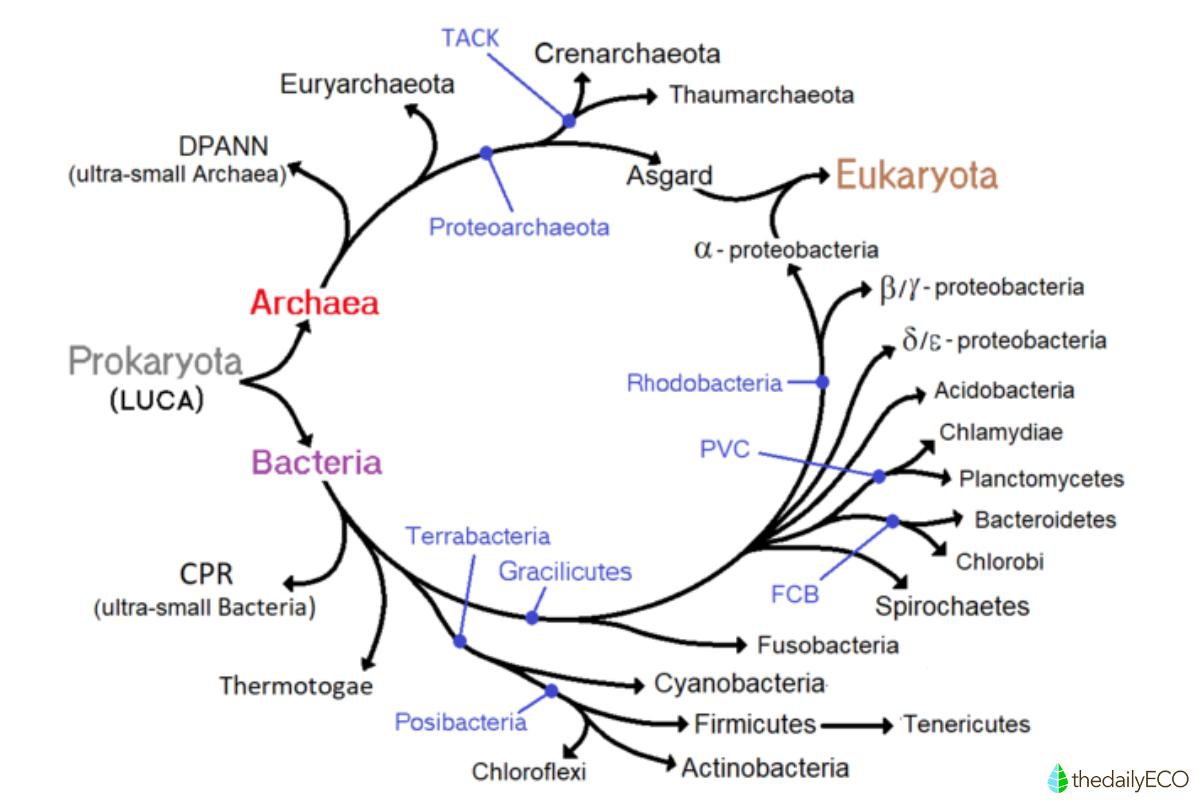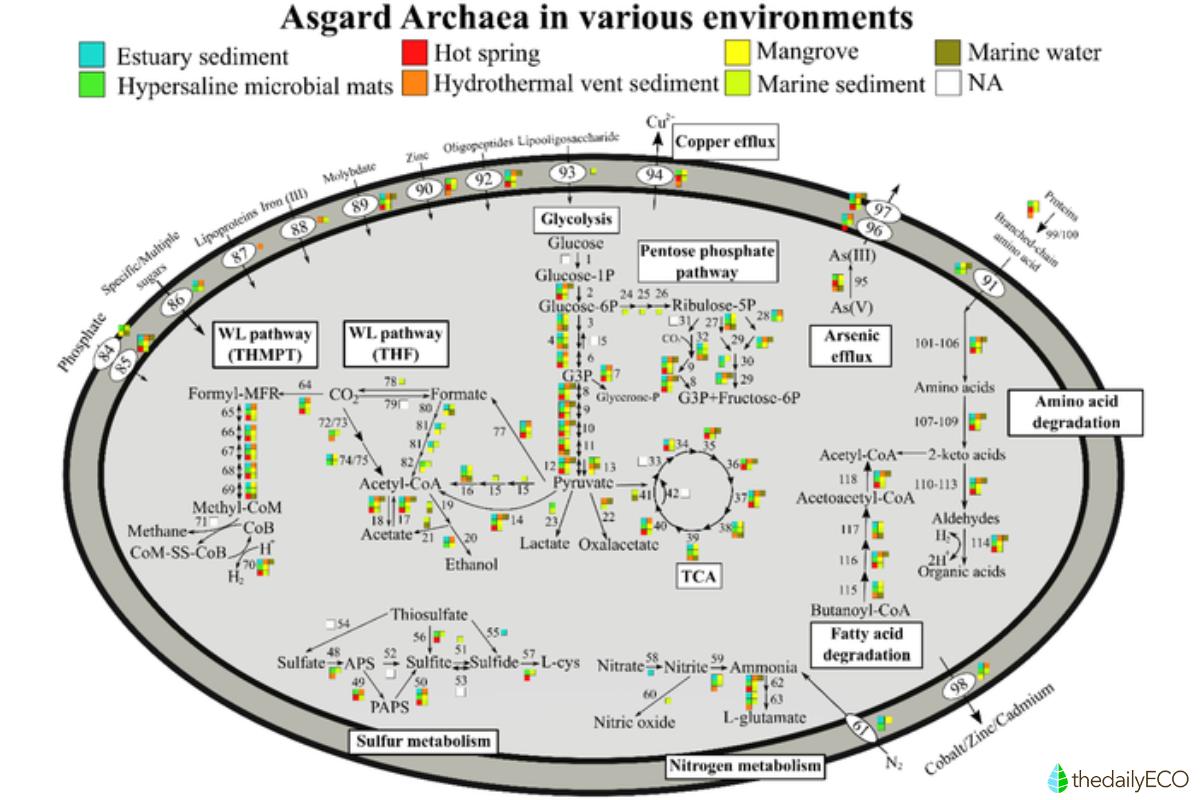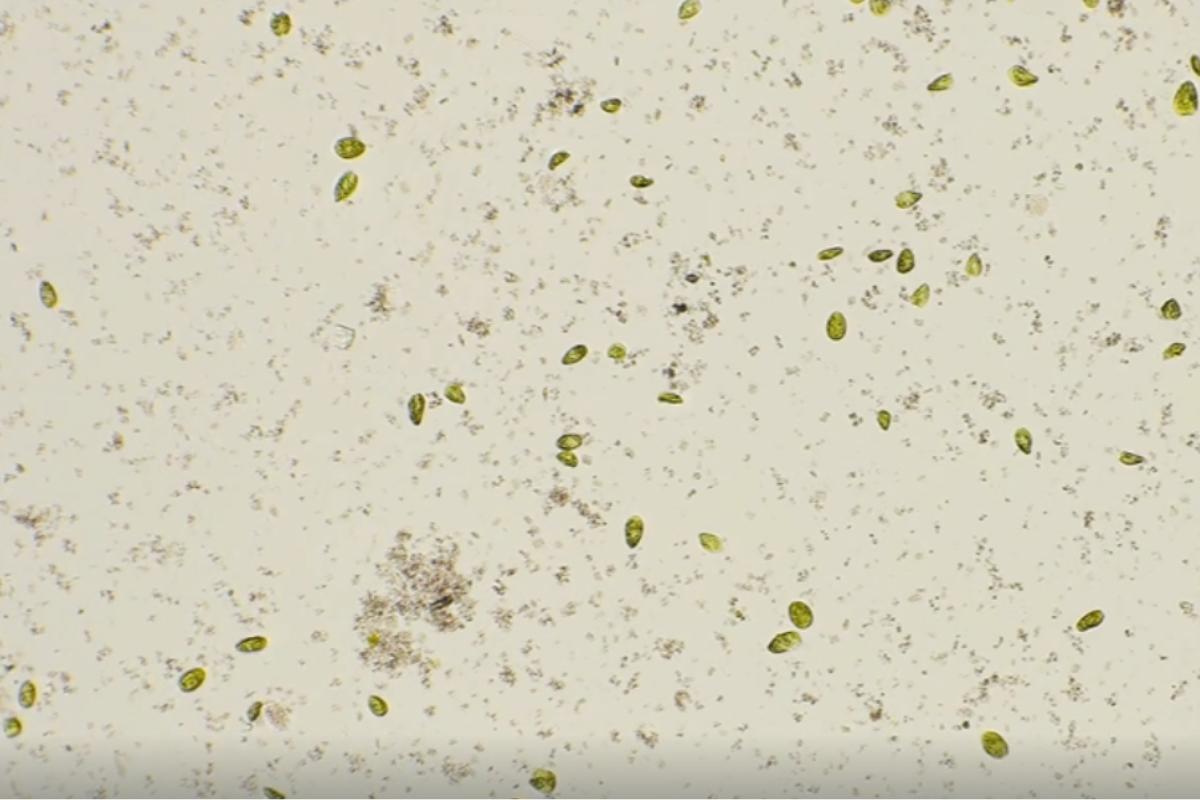What Organisms Are Classified Into the Archaea Domain?


Archaea is a domain of unicellular microorganisms without a nucleus that are similar to bacteria. Such is their similarity that they were once considered a type of bacteria under the name archaebacteria. Domains are the highest taxonomic rank of all living organisms, with all living organisms falling under these three categories. The biological classification of organisms is constantly changing, advancing in line with new research enabled by the development of new technologies. While eukaryotic organisms are more complicated, organisms of the domains Archaea and Bacteria have some more overlap. This is why thedailyECO asks what organism are classified into the Archaea domain?
What are archaea?
In the most simple definition of archaea, they are organisms which make up the domain Archaea. These organisms are grouped together due to sharing certain characteristics. All archaea are unicellular organisms, although many can form colonies when they group together.
As unicellular organisms, the similarities of Archaean organisms are found on a cellular level. They do not have a nucleus. This means they are types of prokaryotic organisms, organisms defined by their lack of a true cell nucleus. This is not unique to prokaryotes, since bacteria also lack a membrane-bound true nucleus.
Despite being unicellular organisms without a nucleus, they are considered different from bacteria. It is for this reason they are grouped in two different domains. The third domain is Eukaryota, the domain of more complex organisms such as plants and animals. They were previously classified under the name of archaebacteria, but the general scientific consensus is that they have their own domain known as Archaea.

Characteristics of archaea
For an organism to be classified in the domain Archaea, it will have to have certain defining characteristics. We have already discussed their lack of nucleus, although this is also shared by bacteria. As an overview, we look at the defining characteristics of archaea organisms:
- Cell wall: they have a cell wall which is made invariably of proteins, polysaccharides and pseudopeptidoglycan, but they lack peptidoglycan.
- No true nucleus: they do not have a clearly defined true nucleus like eukaryotes, but they do have a nucleolus. This is a suborganelle responsible for biosynthesis of ribosomes. Learn more as we ask what is a nucleolus?
- Shape and size: archaea organisms are microscopic in size. They come in different shapes such as cocci, bacilli and spirilla. Some are even square, rectangular, irregular or triangular.
- Genes: although much is made of the similarity to bacteria, archaea have ribosomes and polymerase which are more similar to those of eukaryotes. They also have histone-like proteins which are similar to eukaryotic organisms.
- Movement: they move using cilia and flagella, but they are different in structure to those which are found on bacteria. Discover the difference between cilia and flagella in our related guide.
- Environments: they are able to live in extreme environments due to extremophilic adaptations, being resistant to environments with high temperatures, acidity, alkalinity or even salinity, although they can live in other environments.
Learn more general information about both archaea and bacteria in our guide to what is a prokaryotic cell and its function?

What types of organisms are classified in the domain Archaea?
As we have stated, the organisms found in the domain Archaea are unicellular prokaryotes. However, they are also classified according to their source of energy. The different types of archaea organisms are either:
- Photoautotrophs: they use light to obtain energy and source their carbon from CO2.
- Photoheterotrophs: they obtain energy from light and carbon from chemical substances.
- Chemoheterotrophs: they obtain both their energy and carbon from various chemical substances.
The types of organisms in Archaea are also classified by the environments in which they can be found:
- Acidophiles: organisms that live in environments with a pH lower than 7.
- Halophiles: develop in very saline environments.
- Thermophiles: can tolerate very high temperatures.
- Psychrophiles: are typical of very cold temperatures.
- Extremophiles: can live in extreme conditions such as freezing temperatures, very high hydrothermal sources or even in ice. In general, it includes all those mentioned in the previous environments.
- Methanogenic: produces methane as a result of its various processes.
It is not only members of the domain Archaea that can be considered extremophiles, as different types of cyanobacteria also fall into this category.

Why are archaea important?
Archaea are important because they play different roles in life processes, just like all organisms. Some specific examples of the importance of archaea include:
- They are found in the intestines of ruminants and humans: archaea are vital to human processes, since certain types of archaea live in our intestines to help us digest food. This can also be seen in various types of ruminant animals.
- They are decomposers: decomposers break down organic matter so that it can be included again in the nutrient cycle.
- They help fix nitrogen: they are important components of the soil, helping to fix atmospheric nitrogen and make it available for plants.
- They produce biogas: their capacity to produce biogas is being investigated in order to incorporate it into biotechnology for use as a substitute for conventional gas. Find out what is green biotechnology in our related guide.
- They produce methane: a result of various metabolic processes, they produce methane. This a gas that retains heat inside our atmosphere. Although an excess of it causes climate change, it is also necessary for our ecosystems to function and make life possible.
- They are potential initiators of bioplastics: archaea have enormous potential to be used in biotechnology to produce bioplastics.
Examples of archaea
Although not as well known as many eukaryotes (including ourselves) or even various genera of bacteria, many examples of archaea can be found. The following are only a few:
- Haloquadratum walsbyi: a highly recognizable archaea because it has a particular square shape. In addition, it has been found in a saline lake in Sinai, demonstrating its unique ability to survive in waters with high salt concentrations where other living beings could not live.
- Halobacterium sp.: these are archaea that also survive in saline environments. There is a theory called the purple planet hypothesis which says that the surface of the planet was not green, but purple because of these archaea that proliferated 3 million years ago.
- Cenarchaeum symbiosum: they are symbiotic archaea with marine sponges and they are nitrifying organisms.

Differences between archaea and bacteria
We have explained many of the similarities between archaea and bacteria, such as both being unicellular prokaryotes. However, there are various differences which warrant the establishment of two separate domains. They include the following:
- Archaea are genetically more closely related to eukaryotes than to prokaryotes, unlike bacteria.
- Archaea have translation and transcription enzymes more similar to eukaryotes, which are different in bacteria.
- The cell wall of bacteria is made of peptidoglycan, while the cell wall of archaea is made of pseudopeptidoglycan.
- Archaea do not have a true nucleus, but they do have a nucleolus unlike bacteria.
- The membranes of archaea are different from those of bacteria, because those of archaea contain lipids, proteins and polysaccharides, while those of bacteria do not.
- Archaea cannot reproduce by spores, but bacteria can. Learn more about this type of reproduction with our article asking what is sporulation in biology?
- The components of flagella are different. The proteins that form them in archaea are called archaelins and those in bacteria are called flagellins. The assembly is also different in both.
- No pathogenic archaea have been found, while there are many bacteria.
- Archaea use a greater diversity of elements to obtain energy, which is more limited in bacteria.
After learning about the organisms found in the domain Archaea, we encourage you to learn more about these different types of living organisms with our article asking what is the difference between viruses and bacteria?
If you want to read similar articles to What Organisms Are Classified Into the Archaea Domain?, we recommend you visit our Biology category.
- Lowenfels, J. (2021). Growing with Microbes: The Organic Grower's Guide to the Soil Nutrient Web. Spain: melusina.
- Biology: Discovering the intersection of life and machine. (2025). (n.d.): One Billion Knowledge [Spanish].

